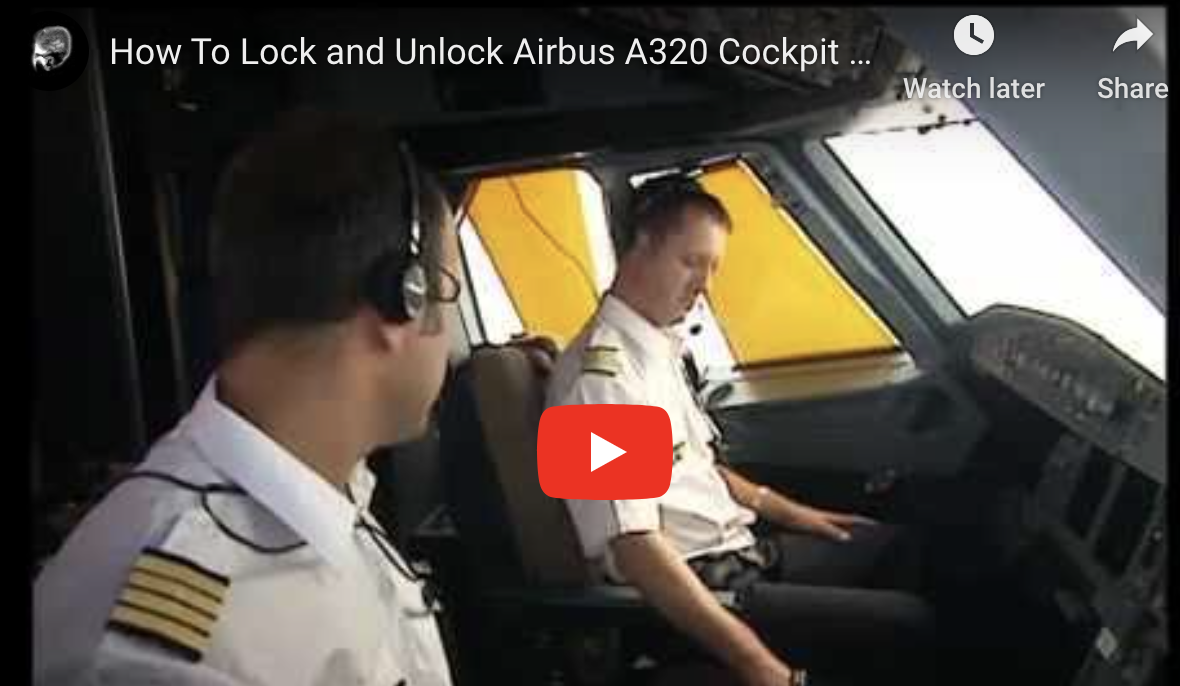SriLankan Airlines Captain Locks Co-Pilot Out of Cockpit: What We Know So Far
A recent mid-flight incident on SriLankan Airlines flight UL607 from Sydney to Colombo has raised serious concerns regarding cockpit procedures. The captain reportedly locked his female co-pilot out of the cockpit after she left for a restroom break. While the flight landed safely, the incident has led to an internal investigation and the captain being grounded. In this article, we will focus solely on the confirmed facts, leaving speculation aside, and examine the standard cockpit procedures that were not followed in this case.
Confirmed Details of the Incident
According to multiple reports, the incident occurred on September 21, 2024, aboard an Airbus A330. The co-pilot exited the cockpit for a restroom break, and when she returned, she found the cockpit door locked. Cabin crew had to intervene, using the aircraft’s internal communication system, to convince the captain to unlock the door. The co-pilot was the allowed to re-enter the cockpit for the remainder of the flight.
Following this breach of procedures, SriLankan Airlines grounded the captain, pending a formal investigation by the Civil Aviation Authority of Sri Lanka
Sources: One Mile at a Time, Deccan Chronicle, AeroTime.
At this stage, while the exact cause of the disagreement between the pilots remains unclear, what is confirmed is the failure to adhere to standard operating procedures. Let’s examine these procedures and how they were breached.
Standard Cockpit Procedures: What Was Not Followed
Aviation safety regulations, particularly after high-profile incidents like the Germanwings crash, mandate that at least two crew members must be present in the cockpit at all times. This rule ensures that one pilot is never left alone and prevents potential safety risks, such as incapacitation or malicious behavior. Typically, when one pilot leaves the cockpit (e.g., for a restroom break), a cabin crew member temporarily replaces them inside the flight deck.
In this incident, the procedures were violated in two ways:
- First Breach: The co-pilot left the cockpit without a cabin crew member taking her place, leaving the captain alone, which goes against the two-person rule.
- Second Breach: The captain then refused to let the co-pilot back in, locking the cockpit door, which is a further violation of standard procedures. This resulted in an even longer period of time with only one person in the cockpit.
Sources: AeroTime, Aviation24.be.
Cockpit Security Systems: Keypads and Override Mechanisms
Modern aircraft, like the Airbus A330, are equipped with cockpit security doors that can be locked from the inside. These doors are controlled via a keypad system, which allows authorized personnel to enter a code to request access to the cockpit. The system is designed to ensure that the pilot inside can control access, accepting or denying entry.
However, if the person inside the cockpit does not respond, the door can automatically open after a set period unless the pilot inside actively overrides it. This system exists to prevent unauthorized access while maintaining the ability to regain control in case of pilot incapacitation
In this case, the captain’s refusal to unlock the door effectively misused this safety feature, leading to intervention from the cabin crew to resolve the situation.
The following video is about the A320 but is similar on all Airbus aircraft. Luckily, Airbus is known for producing aircraft, not movies…
How the Germanwings Incident Changed Cockpit Security Rules
The Germanwings Flight 9525 tragedy in 2015, where the co-pilot deliberately crashed the aircraft after locking the captain out of the cockpit, led to widespread changes in cockpit security protocols. Aviation authorities across the globe introduced the two-person rule to prevent a lone pilot from being left in control of the cockpit at any time.
This incident serves as a reminder of why these rules exist. While the SriLankan Airlines case does not suggest any malicious intent, it demonstrates the importance of adhering to these procedures to ensure passenger and crew safety. The rules are in place to prevent both intentional misuse and potential health emergencies from leaving the aircraft without a functioning pilot in control
Sources: AeroTime, Aviation24.be.
Conclusion: A Double Breach of Procedures Still under Investigation
While the SriLankan Airlines flight landed without incident, this case underscores the importance of strict adherence to cockpit security protocols. The investigation will likely determine the underlying reasons for the captain’s behavior, but the confirmed double breach of procedures—leaving the cockpit unattended and refusing to allow the co-pilot back in—raises important questions about in-flight safety practices.
This incident highlights the continued need for vigilance in upholding safety regulations, even years after the industry learned hard lessons from incidents like the Germanwings tragedy.

Leave a Reply